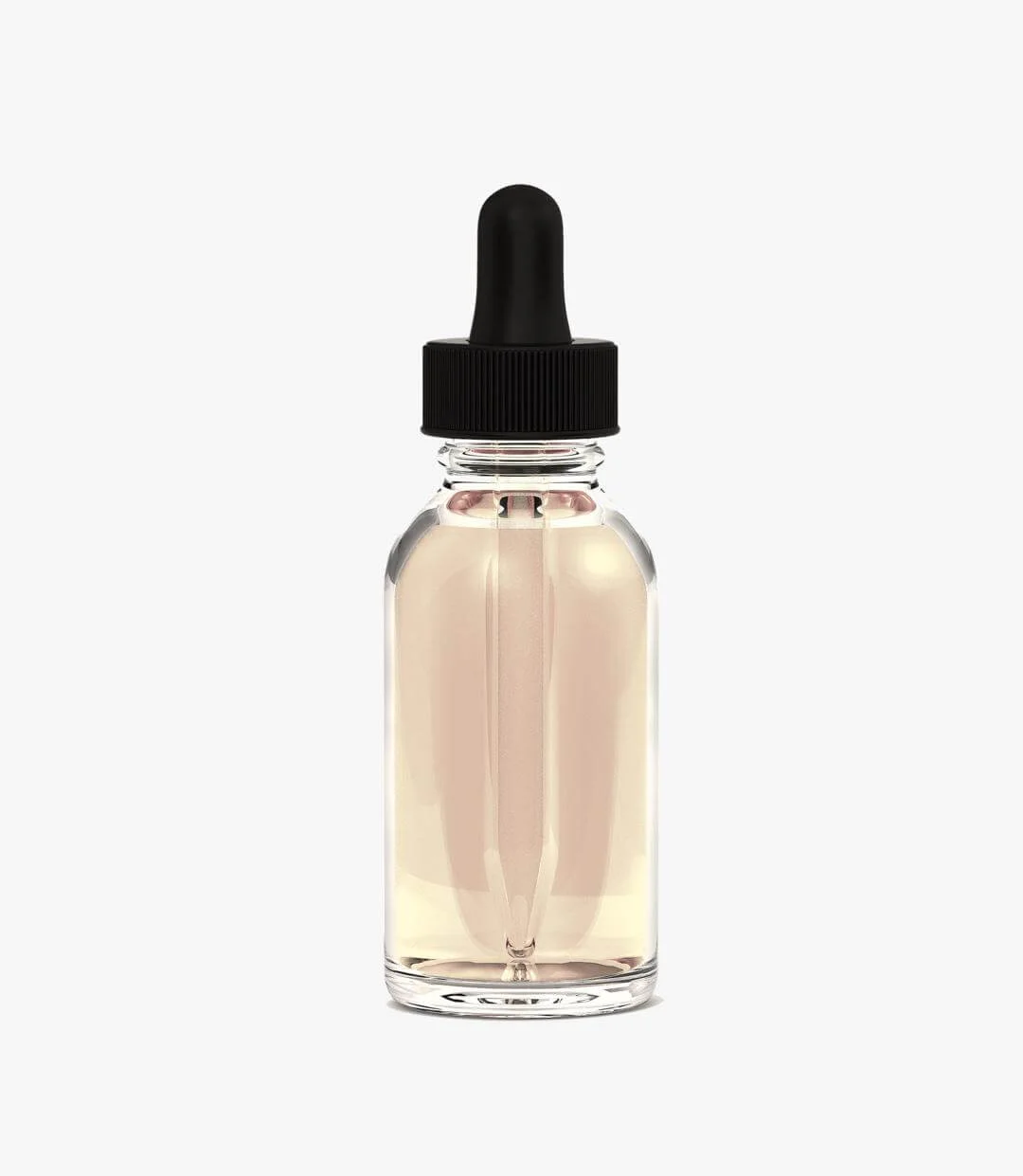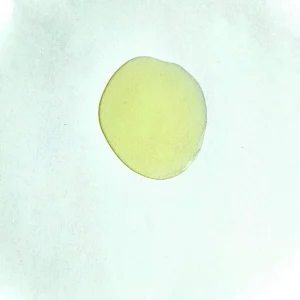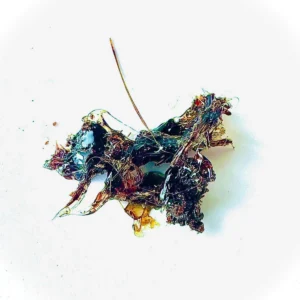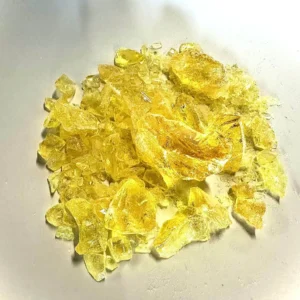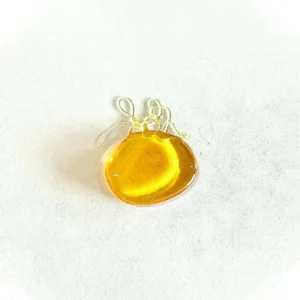What is HHCV?
The cyclohexene ring of HHCV has been altered to a cyclohexyl ring, transforming it into a hydrogenated derivative of THCV. Cannabinoids primarily interact with cannabinoid receptors CB1 and CB2, which play key roles in producing physiological and psychological effects. Previous research has also noted interactions with other receptors like TRPV1 and GPCR55, which could be
crucial in cancer treatment by influencing specific pathways.
Why HHCV?
Cannabis sativa and its subspecies typically contain only trace levels of cannabinoids like HHC-V, making them rare. Due to their increasing popularity, there’s a suggested investigation into the cytotoxicity of these cannabinoids towards pancreatic cancer cells (MIA-PaCa2, HPAF-II, and PANC1). Studies comparing them to commercially available anticancer agents, such as poly(ADP ribose) polymerase (PARP) inhibitors, suggest their potential efficacy as single-agent antineoplastics for pancreatic cancer treatment. While more information about HHCV’s potential may be needed, experimentation with high-quality, secure products can help uncover its benefits
